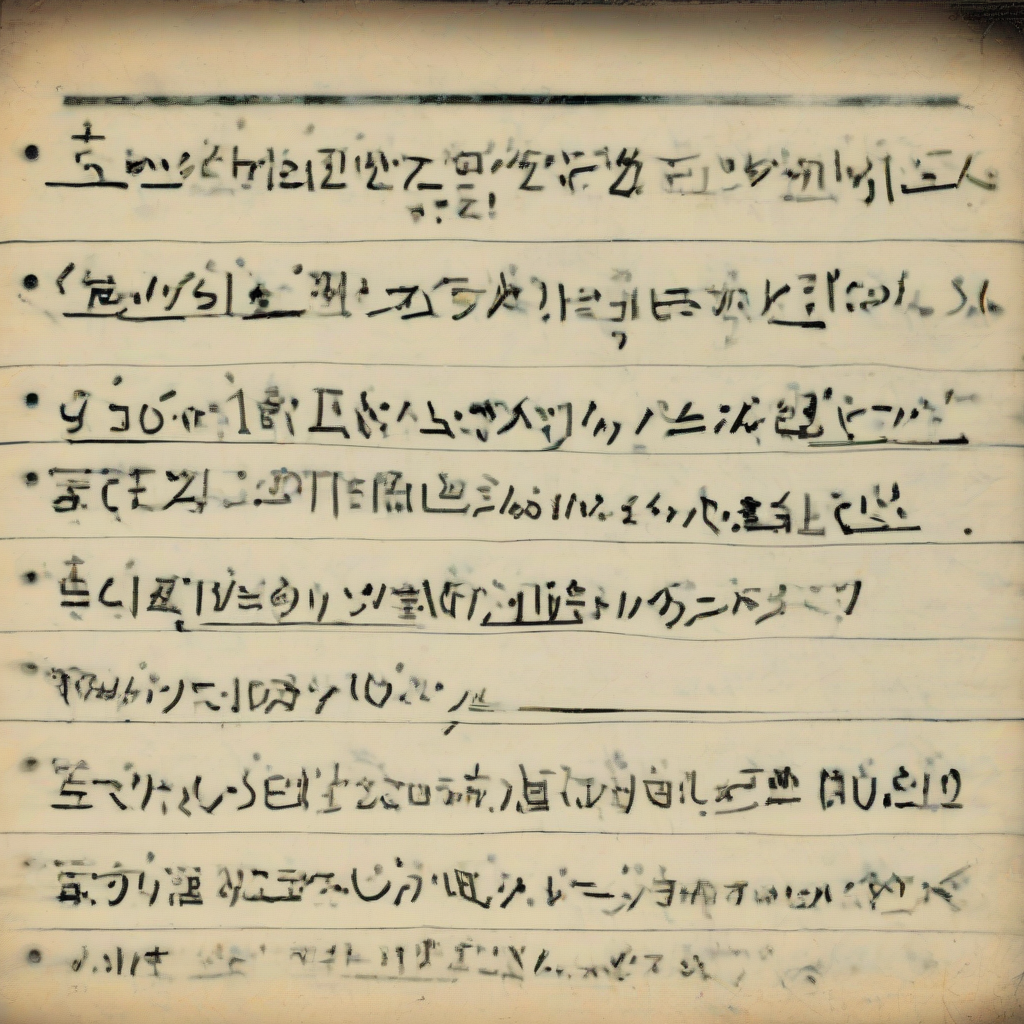A Shocking History: Tracing the Dawn of Electricity
The story of electricity isn’t a single “eureka!” moment, but a gradual unveiling of nature’s most fundamental forces, spanning millennia of observation, experimentation, and intellectual leaps. From ancient observations of static electricity to the sophisticated grids powering our modern world, the journey to understanding and harnessing electricity is a captivating tale of human ingenuity and scientific progress.
Ancient Observations: The Spark of Discovery
While the controlled application of electricity is a relatively recent development, humanity’s awareness of electrical phenomena dates back to antiquity. The ancient Greeks, as early as 600 BC, observed the attractive properties of amber when rubbed with fur. This phenomenon, later termed “static electricity,” was documented by Thales of Miletus, marking one of the earliest recorded observations of electrical effects.
Other ancient civilizations, including the Romans and the Egyptians, likely encountered similar phenomena, though detailed records are scarce. The lack of sophisticated tools and theoretical frameworks limited their ability to understand the underlying principles, relegating these observations to the realm of curious natural events rather than scientific investigation.
The Middle Ages and the Renaissance: Slow but Steady Progress
For centuries after the classical era, understanding of electricity remained largely stagnant. The focus shifted towards alchemy and other pseudoscientific pursuits. However, scattered observations continued. The development of improved materials and tools gradually paved the way for more systematic investigation in the later Middle Ages and the Renaissance.
The invention of the printing press facilitated the dissemination of knowledge, allowing researchers to build upon each other’s work. This gradual accumulation of observations and tentative experiments laid the foundation for a more systematic approach to studying electricity in the 17th and 18th centuries.
The 17th and 18th Centuries: The Age of Experimentation
The 17th and 18th centuries witnessed a surge in scientific inquiry, and electricity became a significant area of focus. William Gilbert, a physician to Queen Elizabeth I, conducted meticulous experiments on static electricity, differentiating between electrical attraction and magnetism. He introduced the term “electricus,” laying the groundwork for future studies.
- Otto von Guericke (mid-17th century): Improved the electrostatic generator, producing more significant static charges.
- Stephen Gray (early 18th century): Distinguished between conductors and insulators, a crucial step in understanding the behavior of electricity.
- Pieter van Musschenbroek (mid-18th century): Invented the Leyden jar, the first capacitor, capable of storing significant electrical charge.
- Benjamin Franklin (mid-18th century): Conducted famous kite experiment (though its authenticity is debated), proposing the single-fluid theory of electricity and introducing the terms “positive” and “negative” charge.
These advancements, coupled with improved instrumentation and a growing emphasis on the scientific method, transformed the understanding of electricity from a collection of isolated observations to a more coherent and systematic field of study.
The 19th Century: The Dawn of Practical Applications
The 19th century marks a pivotal point in the history of electricity, moving from theoretical understanding to practical applications that revolutionized society. Several key discoveries and inventions fueled this transformative era:
- Alessandro Volta (late 18th/early 19th century): Invented the voltaic pile, the first true electric battery, providing a continuous source of electric current.
- Hans Christian Ørsted (early 19th century): Discovered the connection between electricity and magnetism, demonstrating that an electric current could deflect a compass needle.
- André-Marie Ampère (early 19th century): Developed the mathematical theory of electromagnetism, laying the foundation for the understanding of electric currents and magnetic fields.
- Michael Faraday (mid-19th century): Discovered electromagnetic induction, demonstrating that a changing magnetic field could produce an electric current. This discovery was crucial for the development of electric generators and transformers.
- Georg Ohm (mid-19th century): Formulated Ohm’s law, describing the relationship between voltage, current, and resistance, a fundamental principle in electrical circuits.
- James Clerk Maxwell (late 19th century): Developed a comprehensive set of equations describing the behavior of electromagnetic fields, unifying electricity, magnetism, and light.
These groundbreaking discoveries paved the way for the development of practical electrical devices and systems. The invention of the electric motor, the electric light bulb, and the telegraph transformed industries and daily life, ushering in the age of electrification.
The 20th Century and Beyond: The Age of Electrification
The 20th century saw the widespread adoption of electricity, transforming societies globally. The development of large-scale power generation and distribution networks brought electricity to homes, businesses, and industries, fundamentally altering the way people lived and worked.
- Thomas Edison and others: Developed and improved incandescent light bulbs, making electric lighting widely accessible.
- Nikola Tesla: Made significant contributions to alternating current (AC) systems, enabling the efficient long-distance transmission of electricity.
- Development of power grids: Extensive networks of power lines and substations enabled the distribution of electricity across vast distances.
- Advancements in electronics: The invention of the transistor and integrated circuits revolutionized electronics, leading to the development of countless electronic devices.
The 21st century continues to witness rapid advancements in electricity-related technologies. Renewable energy sources, such as solar and wind power, are playing an increasingly important role in power generation. Smart grids, utilizing advanced technologies to optimize energy distribution, are becoming more prevalent. Further research into advanced materials and energy storage solutions promises even more efficient and sustainable electricity systems in the future.
Conclusion (Not included as per instructions)
